In a world of increasingly developed coastlines and overcrowded tourist hotspots, finding a stretch of sand that resorts and beach bars haven’t transformed can feel like discovering buried treasure. Yet across the globe, pockets of pristine shoreline still exist—places where nature remains the dominant force, where footprints wash away with each tide, and where the experience connects visitors to something primal and peaceful. These wild beaches offer a rare opportunity to experience coastlines as they have existed for millennia.
Here is a list of 20 beach destinations where wilderness still reigns and development remains refreshingly minimal:
Kauapea Beach, Kauai, Hawaii
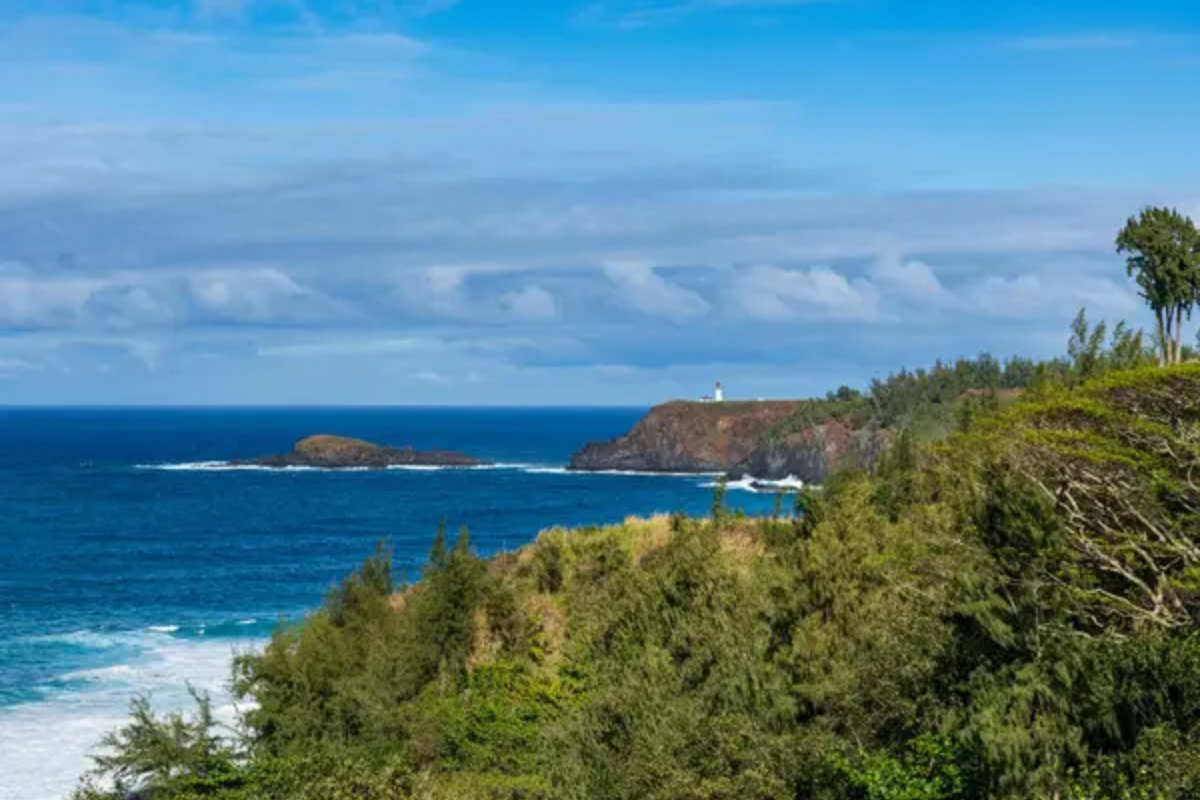
Hidden between Kilauea Point and Kalihiwai Bay, this remote stretch of golden sand requires a steep 15-minute hike down an unmarked trail, ensuring only determined visitors make the journey. Powerful waves crash against the shoreline while a small waterfall cascades down the cliff face at the eastern end during rainy periods.
The beach’s nickname—”Secret Beach”—reflects its tucked-away nature, though locals prefer you call it by its Hawaiian name out of respect for its cultural significance.
Cape Leveque, Western Australia
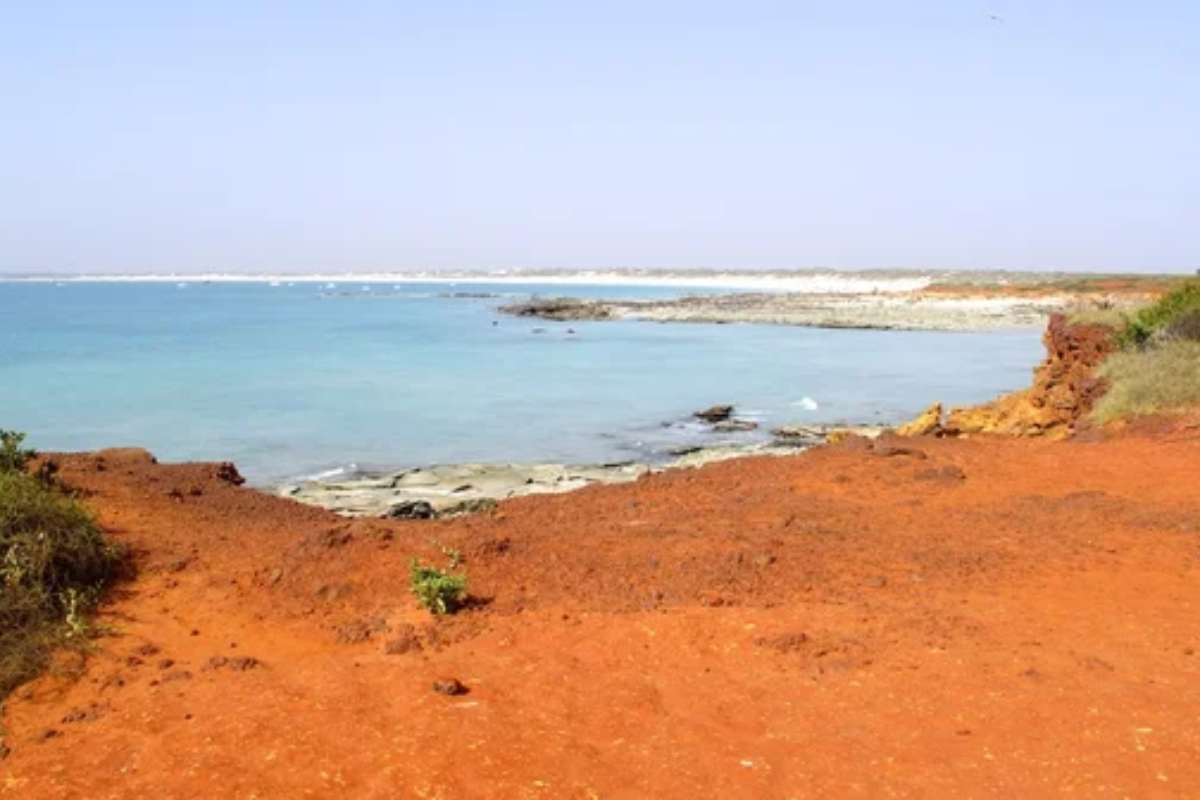
Rust-red cliffs meet pristine white sand and turquoise waters at this remote beach on the northernmost tip of the Dampier Peninsula. The traditional lands of the Bardi people for thousands of years, the area requires a rugged 4WD journey over unpaved roads or an arrival by small aircraft.
Low tide reveals ancient dinosaur footprints preserved in the reef rock, while the night sky explodes with stars unspoiled by light pollution in this wilderness outpost.
Like Travel Pug’s content? Follow us on MSN.
Playa Rincon, Dominican Republic
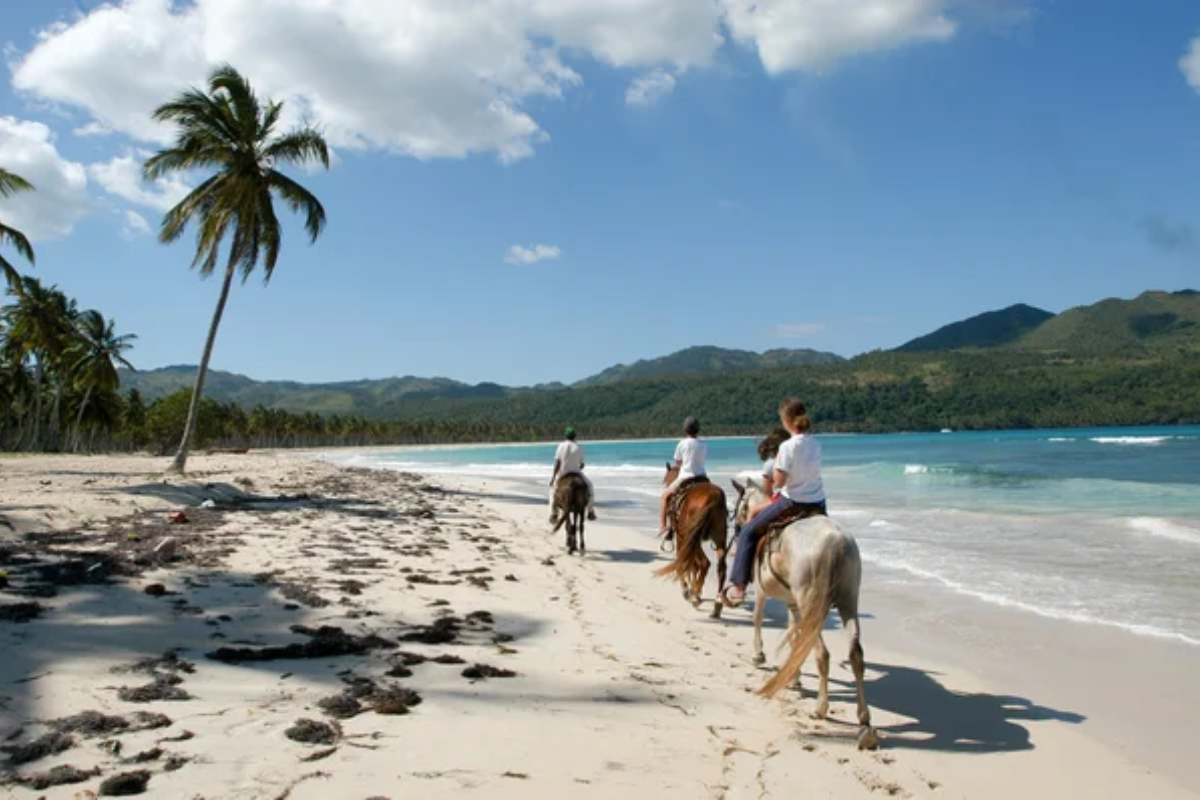
Stretching nearly two miles along the northeastern coast of the Samaná Peninsula, this crescent of golden sand backs up to untamed palm forests rather than high-rise hotels. A bumpy drive down dirt roads or a boat ride from Las Galeras keeps visitor numbers low despite the beach’s reputation as one of the Caribbean’s most beautiful.
Small local food stands serving fresh fish and coconuts represent the only commercial presence on this otherwise undeveloped paradise.
Karekare Beach, New Zealand
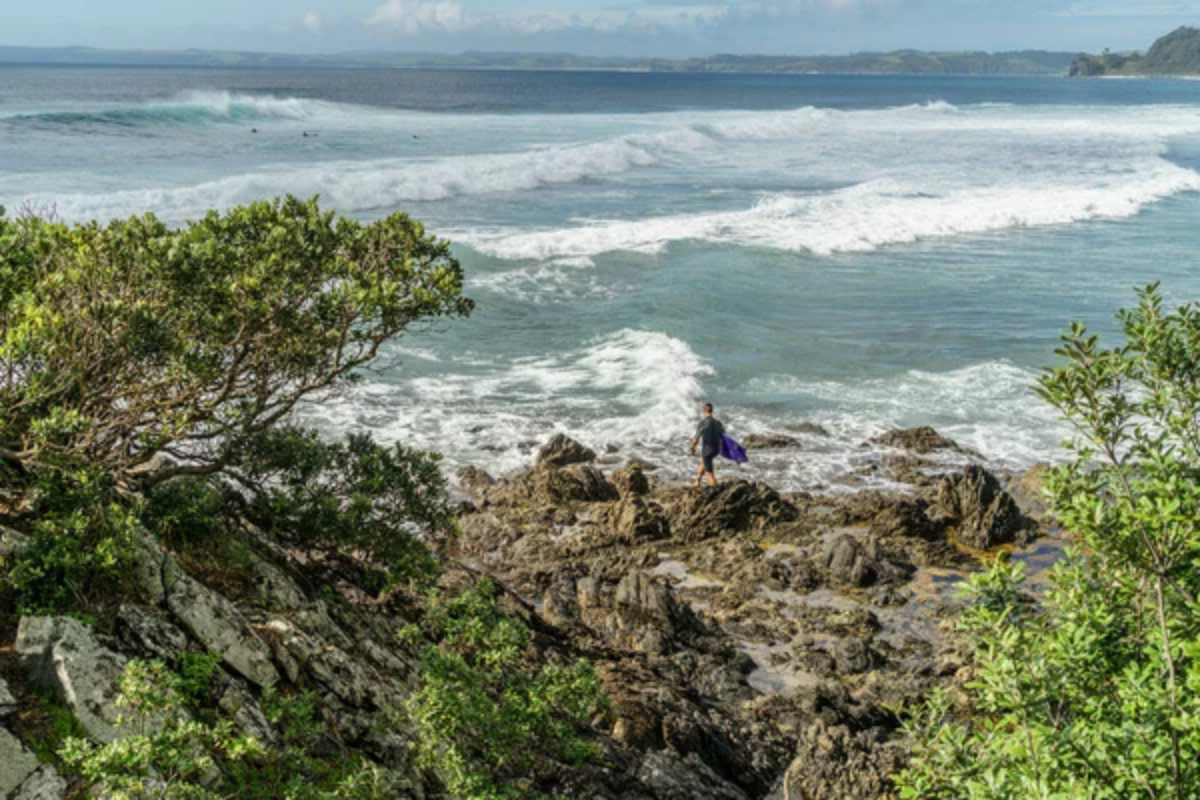
Black volcanic sand stretches beneath dramatic cliff faces on this wild West Auckland beach made famous in the film “The Piano.” Powerful waves and dangerous rip currents make swimming challenging, but the raw natural beauty compensates with its moody atmosphere and striking scenery.
A short walk from the small parking area through native bush creates a sense of journey and discovery before the dramatic coastline reveals itself.
Nosy Iranja, Madagascar
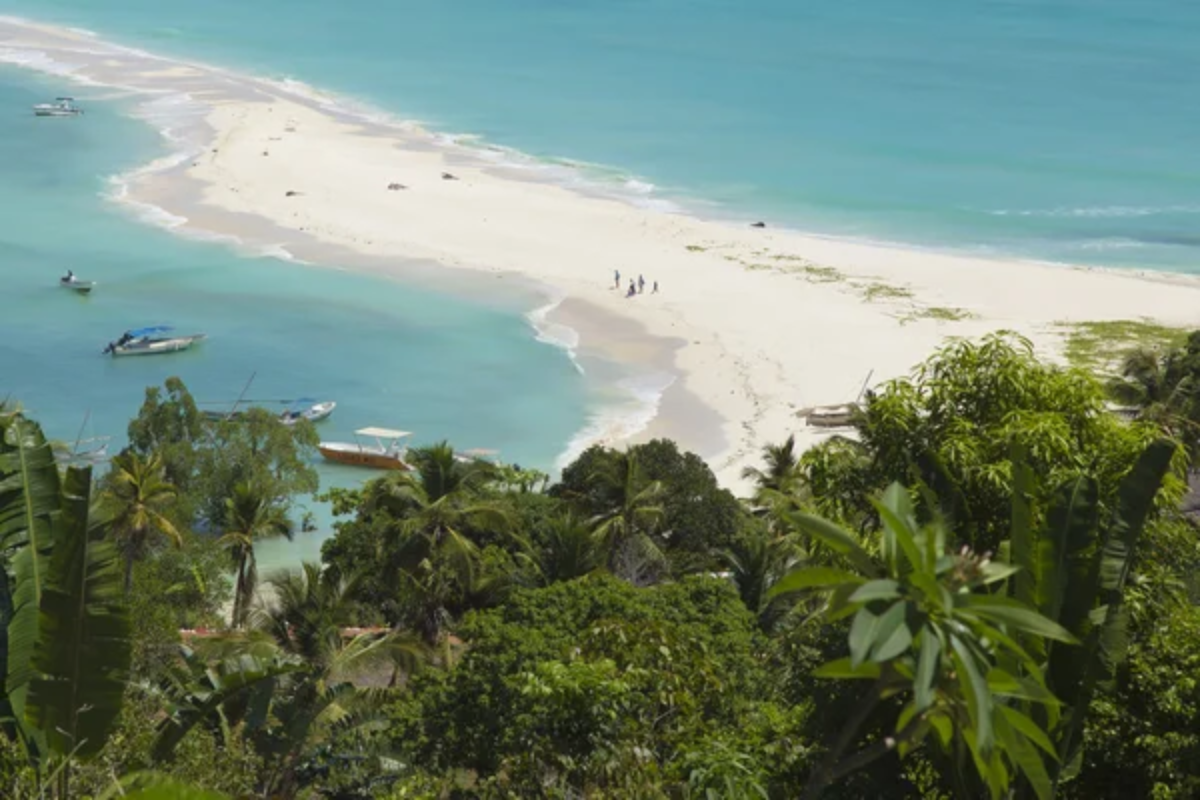
Two small islands connected by a pristine sandbar that appears only at low tide create one of Madagascar’s most spectacular and remote beach settings. Accessible only by boat from Nosy Be, the beaches feature powdery white sand against a backdrop of tropical forest where lemurs occasionally appear at the forest edge.
With just a handful of simple bungalows available and no roads or vehicles, the islands maintain their wild character despite growing visitor interest.
Like Travel Pug’s content? Follow us on MSN.
The Lost Coast, California
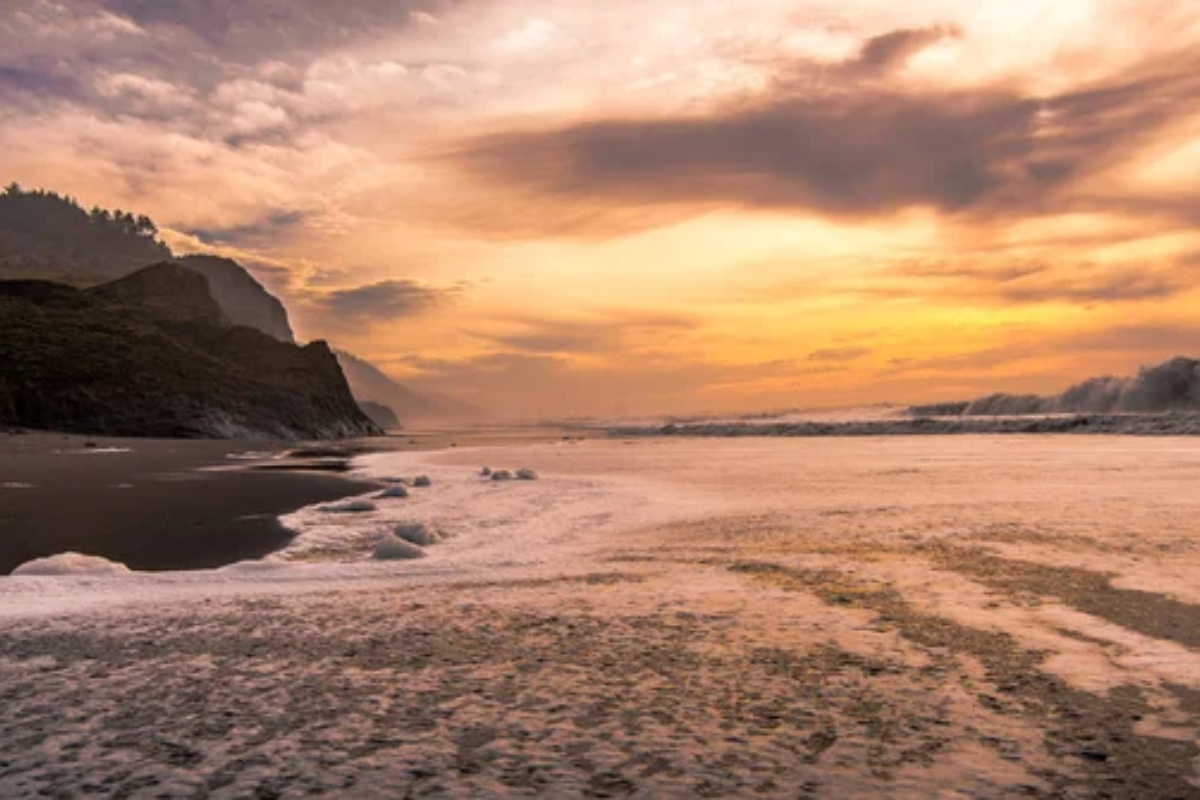
Between the cliffs of King Range and the Pacific Ocean lies a section of California coastline so rugged that highway engineers were forced to route around it entirely, leaving behind a pristine wilderness shoreline. Black sand beaches at Shelter Cove and the mouth of the Mattole River bookend a 25-mile stretch of remote beach accessible only on foot through challenging terrain.
Backpackers who make the journey are rewarded with sea lion sightings, tide pools, and nights camping beside the pounding surf.
Cabo Polonio, Uruguay
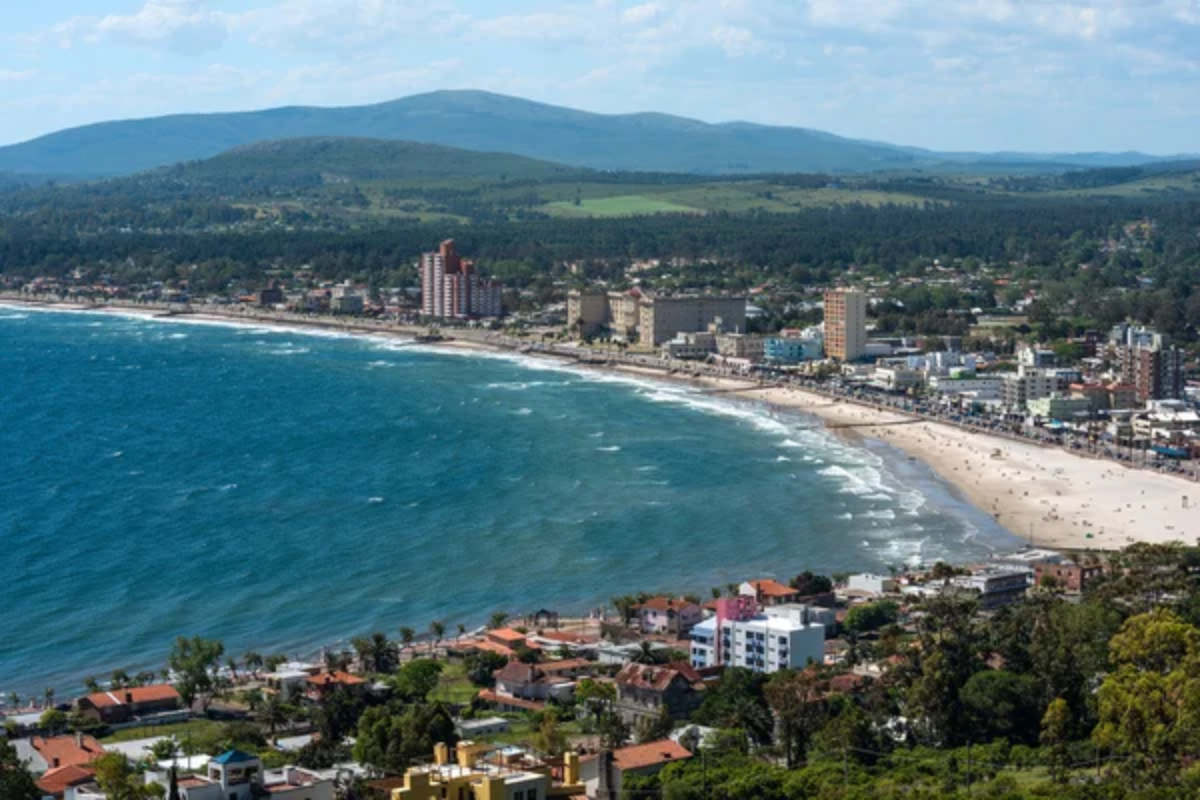
A small settlement without roads, running water, or conventional electricity sits amidst massive sand dunes on this wild Atlantic peninsula. Residents move around on foot or horseback while accommodation remains deliberately rustic, preserving the area’s character as travel interest grows.
The beach’s isolation is maintained by a protected natural reserve designation, requiring visitors to park and either walk several miles through shifting dunes or catch specially designated 4WD transport.
Polihale Beach, Kauai, Hawaii
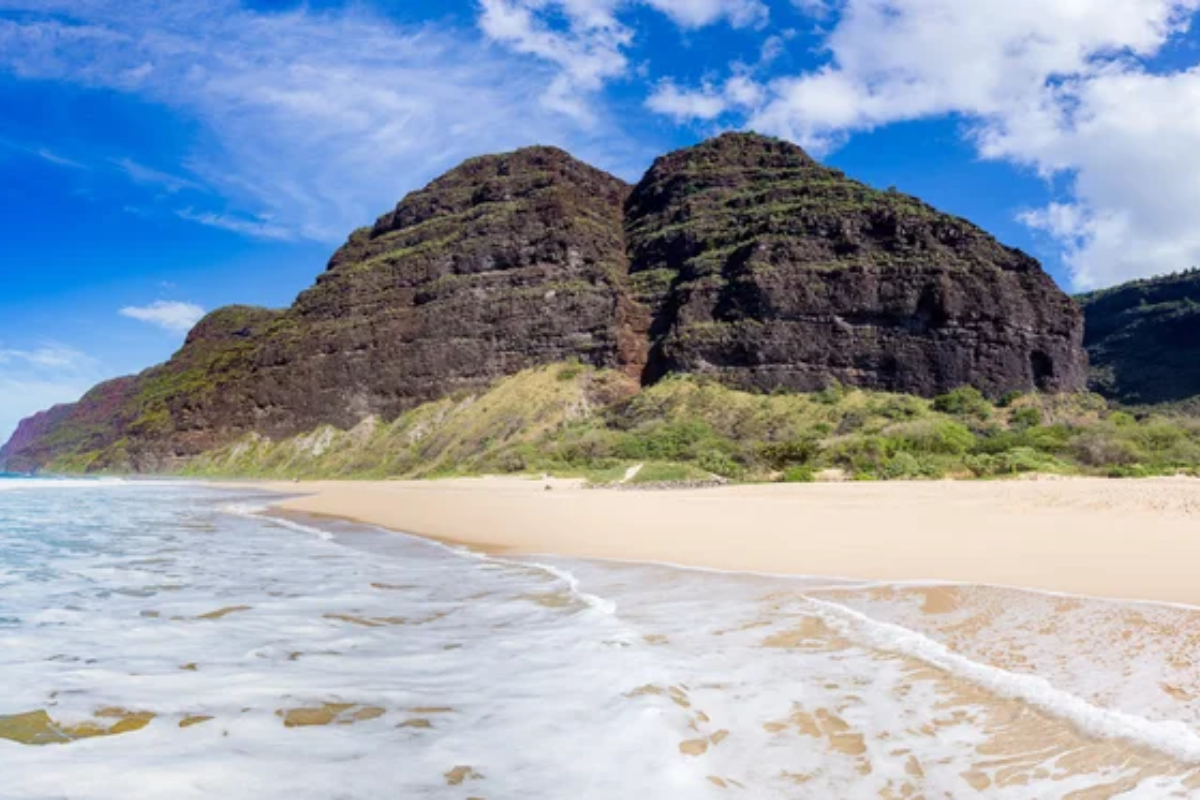
The longest stretch of beach in Hawaii requires commitment to reach, with the final five miles consisting of unpaved road that rental car companies explicitly prohibit driving on. The reward for those who make it is 17 miles of largely empty golden sand beneath the dramatic cliffs of the Na Pali Coast.
With no artificial light for miles, the beach offers spectacular stargazing opportunities accompanied by the constant thunder of powerful waves breaking along the shore.
Like Travel Pug’s content? Follow us on MSN.
Lençóis Maranhenses, Brazil

What initially appears to be a typical desert landscape transforms into something magical between June and September, when rainwater collects in the valleys between massive white dunes, creating thousands of crystal-clear temporary lagoons. Located within a national park, the area remains largely undeveloped, with guided tours operating from simple local communities on the park’s edge.
The dreamlike landscape shifts constantly as dunes move with the wind and lagoons appear and disappear with the seasons.
Tortuguero, Costa Rica
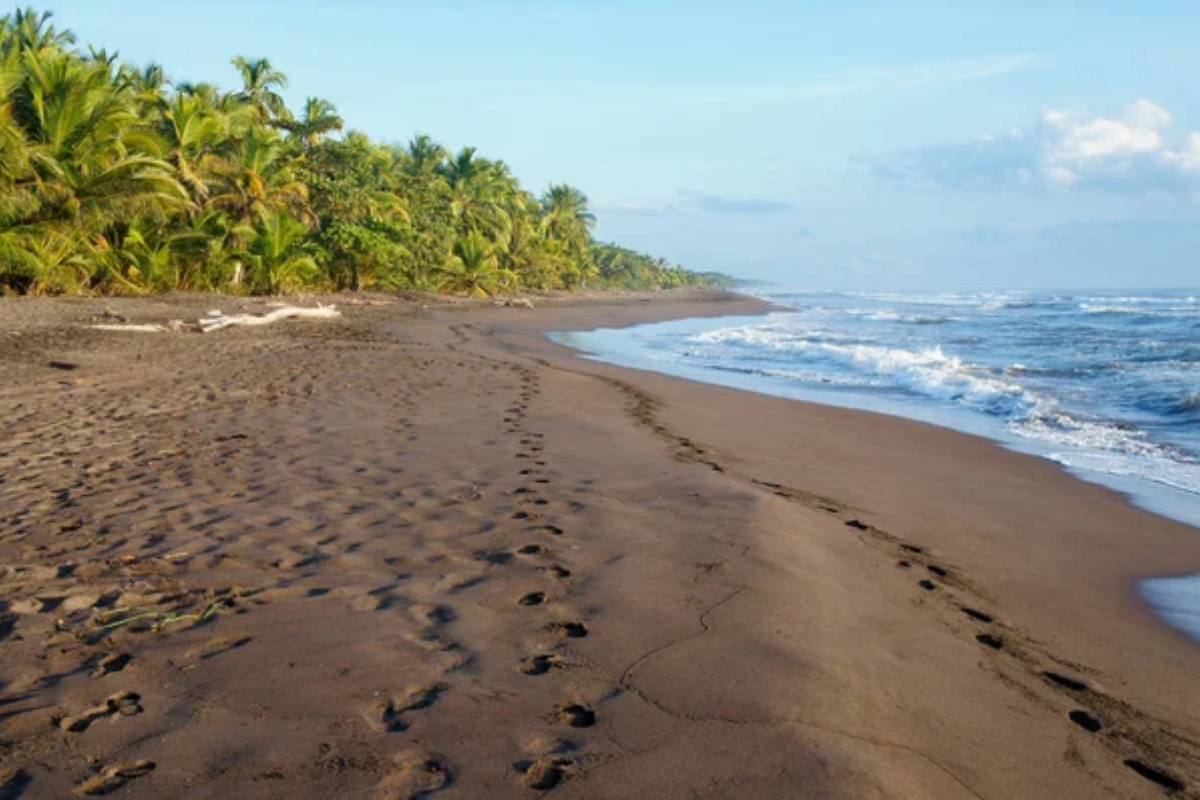
Accessible only by boat or small aircraft, this wild stretch of Caribbean coastline serves as one of the world’s most important nesting sites for endangered green sea turtles. The undeveloped black sand beach stretches for 22 miles, backed by dense rainforest where monkeys, sloths, and tropical birds flourish.
Small eco-lodges in the village provide the only accommodation options, with strict regulations protecting both the nesting beaches and surrounding wilderness areas.
Pink Beach, Komodo Island, Indonesia
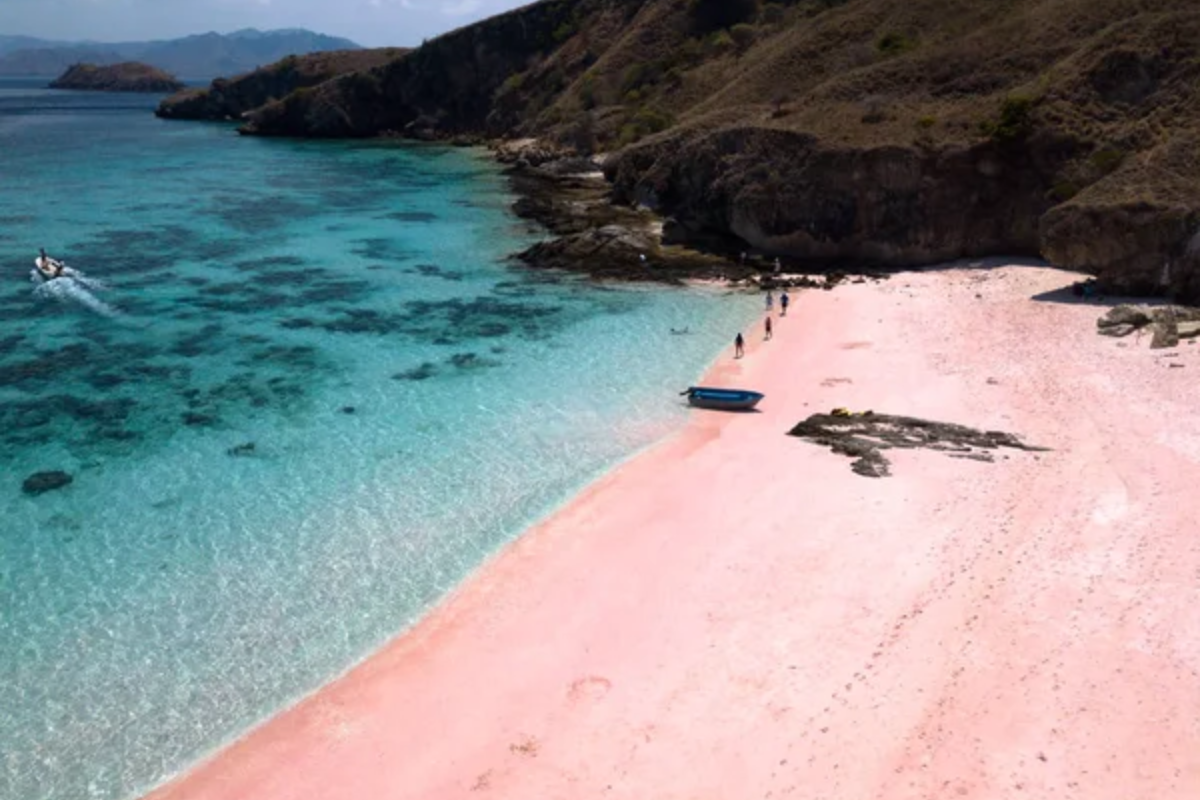
One of only seven pink beaches in the world, this remote shoreline gets its distinctive color from microscopic organisms that produce red pigments, leaving the sand with a rosy hue when crushed. Located within Komodo National Park, the beach sits on an island most famous for its population of Komodo dragons, the world’s largest lizards, which occasionally patrol the shoreline.
Limited infrastructure and the national park designation help maintain the wild character of this unique ecosystem.
Like Travel Pug’s content? Follow us on MSN.
Chesterman Beach, Vancouver Island, Canada
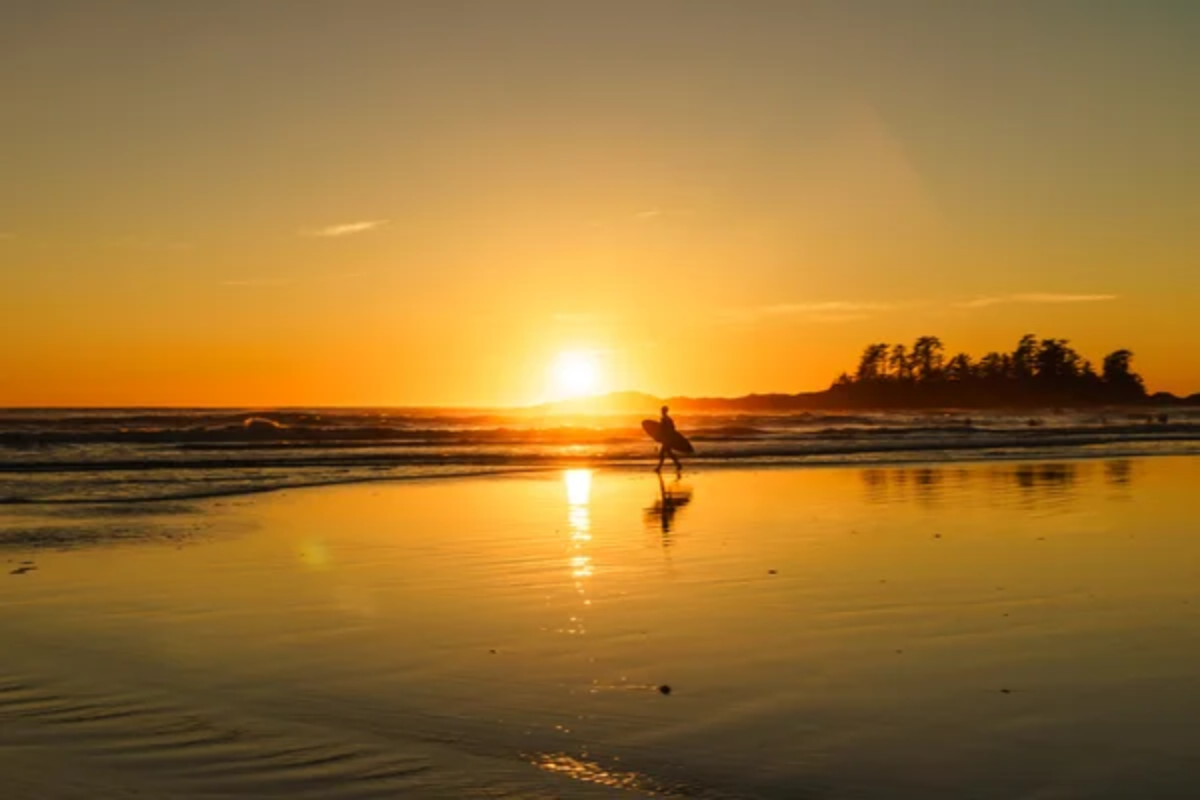
Ancient temperate rainforest meets the pounding Pacific along this pristine stretch of British Columbia coastline near Tofino. Though accessible by road, the beach maintains its wild character through protective regulations and a community ethos focused on preservation rather than development.
Winter brings spectacular storm watching opportunities, when massive Pacific weather systems create towering waves and atmospheric drama against the backdrop of nearby islands and forested headlands.
Kalaupapa Beach, Molokai, Hawaii
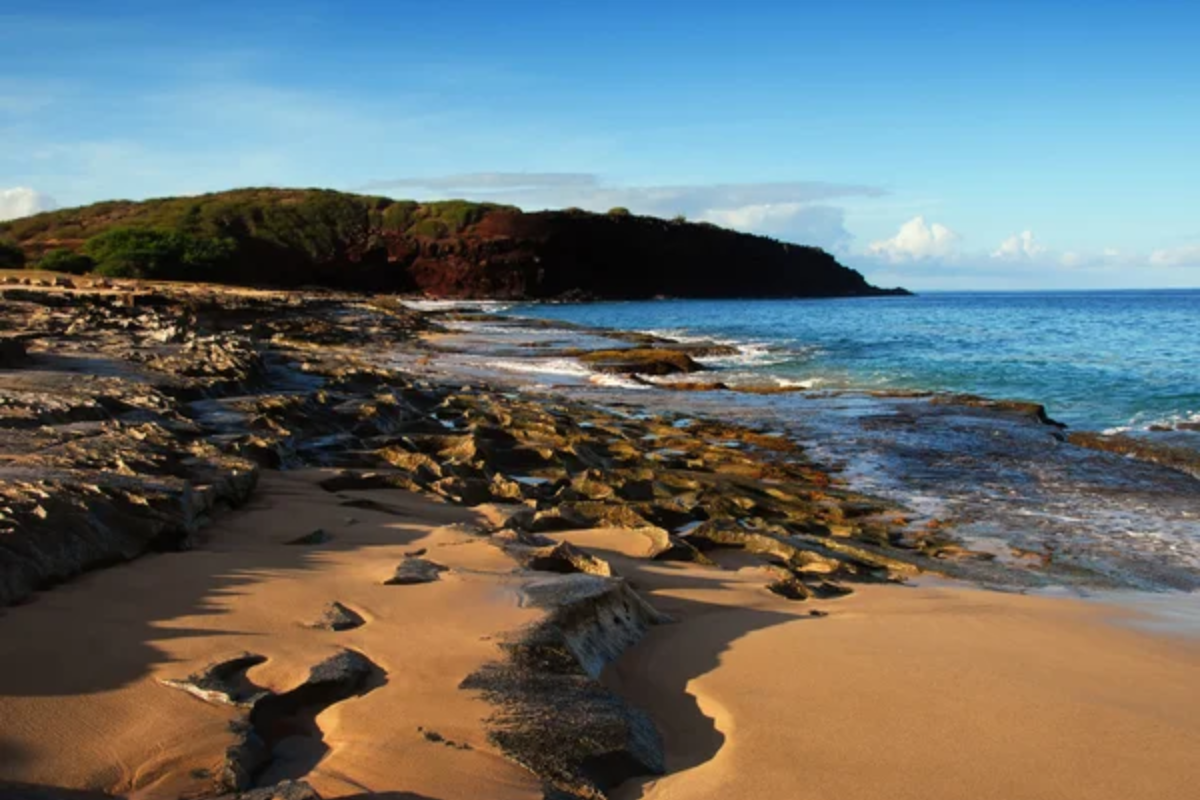
Beneath the world’s tallest sea cliffs lies a beach accessible only by a challenging mule ride down a 1,700-foot trail with 26 switchbacks, a small plane, or a demanding hike. The remote location, within a former leprosy colony turned national historical park, ensures minimal visitation despite its extraordinary beauty.
Sacred to Native Hawaiians, the black sand beach and surrounding peninsula remain among the most isolated in Hawaii, with historical and spiritual significance adding depth to its wild character.
Bahia Solano, Colombia
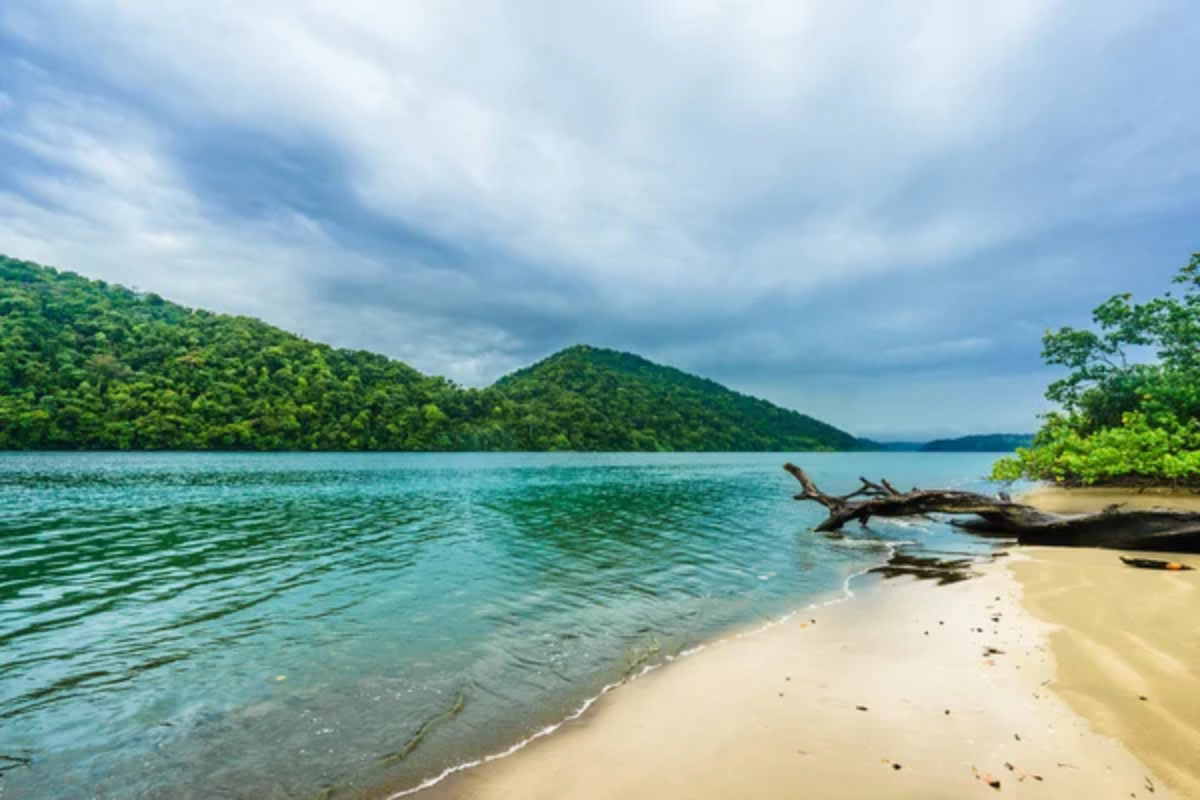
The remote Pacific coast of Colombia hosts this wild beach where the dense Chocó rainforest meets the sea in a region accessible primarily by small aircraft. Between July and October, humpback whales migrate close to shore, often visible from the beach as they breach and play with newborn calves.
The small fishing village offers basic accommodation but minimal development, preserving both the natural environment and the traditional lifestyle of local communities.
Like Travel Pug’s content? Follow us on MSN.
Wildcat Beach, California

Located within Point Reyes National Seashore, this remote beach requires either a challenging 6.7-mile hike or a bike ride along unpaved trails. The effort filters out casual visitors, leaving the long stretch of sand largely empty even during peak summer months.
An unusual waterfall, Alamere Falls, plunges directly onto the beach from the cliffs above—one of only two “tidefalls” in California and a natural highlight for those who make the journey to this wild coastline.
Little Andaman Island, India
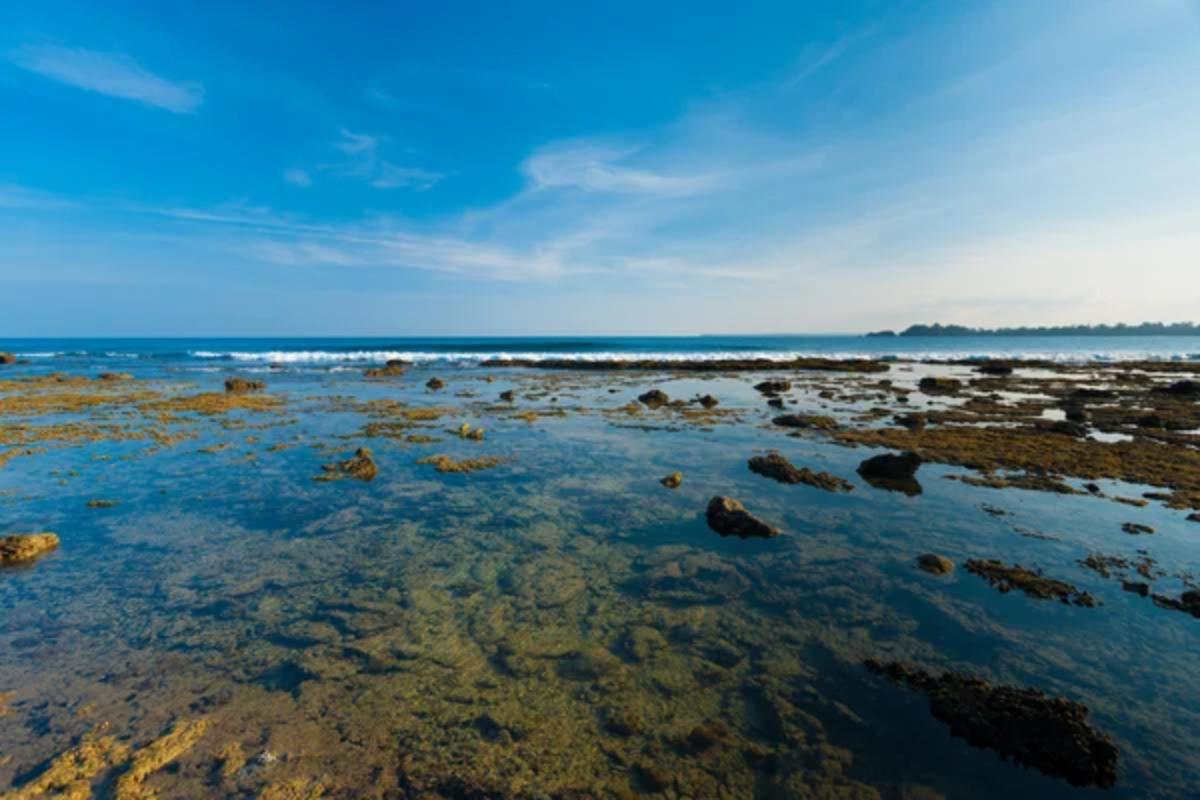
Far from the more developed beaches of the main Andaman Islands, this remote outpost offers empty breaks for surfers and pristine shorelines for those seeking solitude. The island’s indigenous Onge people maintain their traditional lifestyle in protected areas, while the limited tourism infrastructure consists mainly of simple government guesthouses and beach huts.
Kumari Point provides the island’s most reliable surf break, attracting a small community of wave-seekers during the brief season from March to April.
Playa Cofete, Fuerteventura, Canary Islands
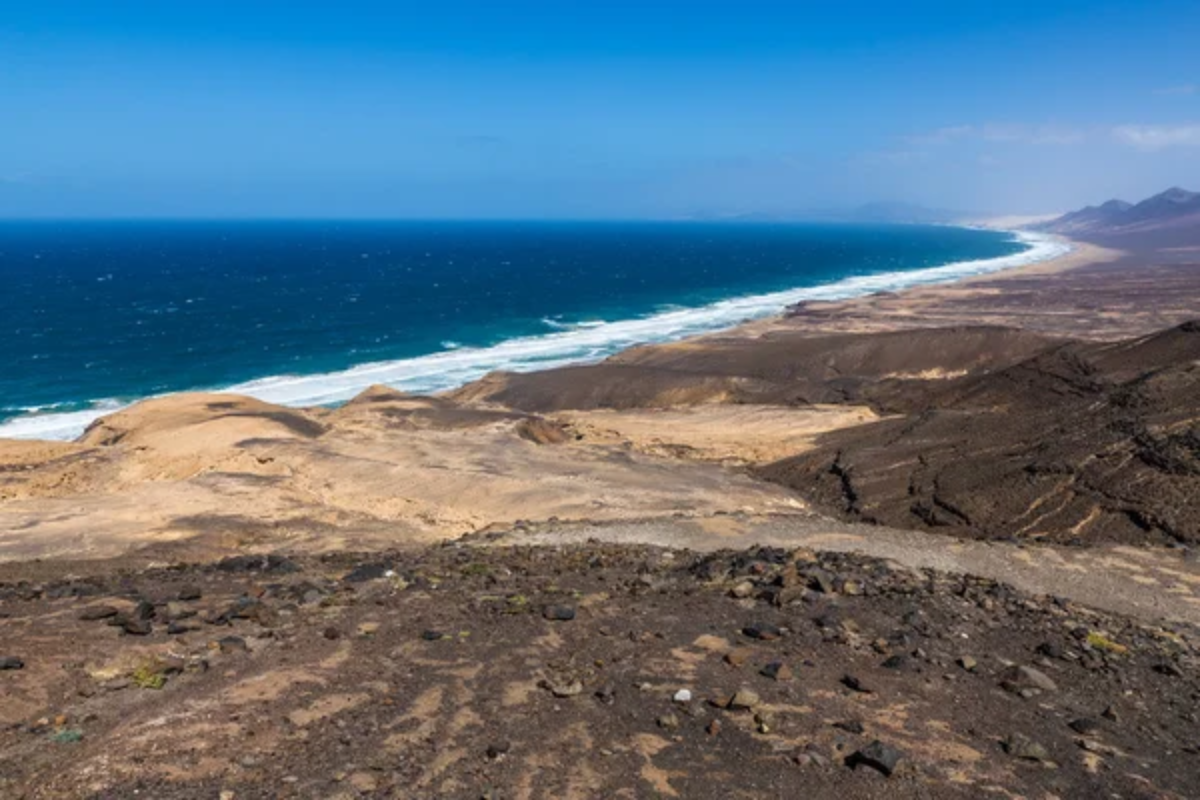
Backed by the dramatic mountains of the Jandia Peninsula, this remote Atlantic beach stretches for over 12 miles with minimal development despite being on a popular tourist island. Access requires navigating a rough dirt road over a mountain pass, keeping visitor numbers low, and maintaining the beach’s wild character.
Strong currents make swimming dangerous, but the dramatic landscape of endless sand against rugged mountains creates an atmosphere of magnificent isolation.
Like Travel Pug’s content? Follow us on MSN.
Hulopoe Beach, Lanai, Hawaii
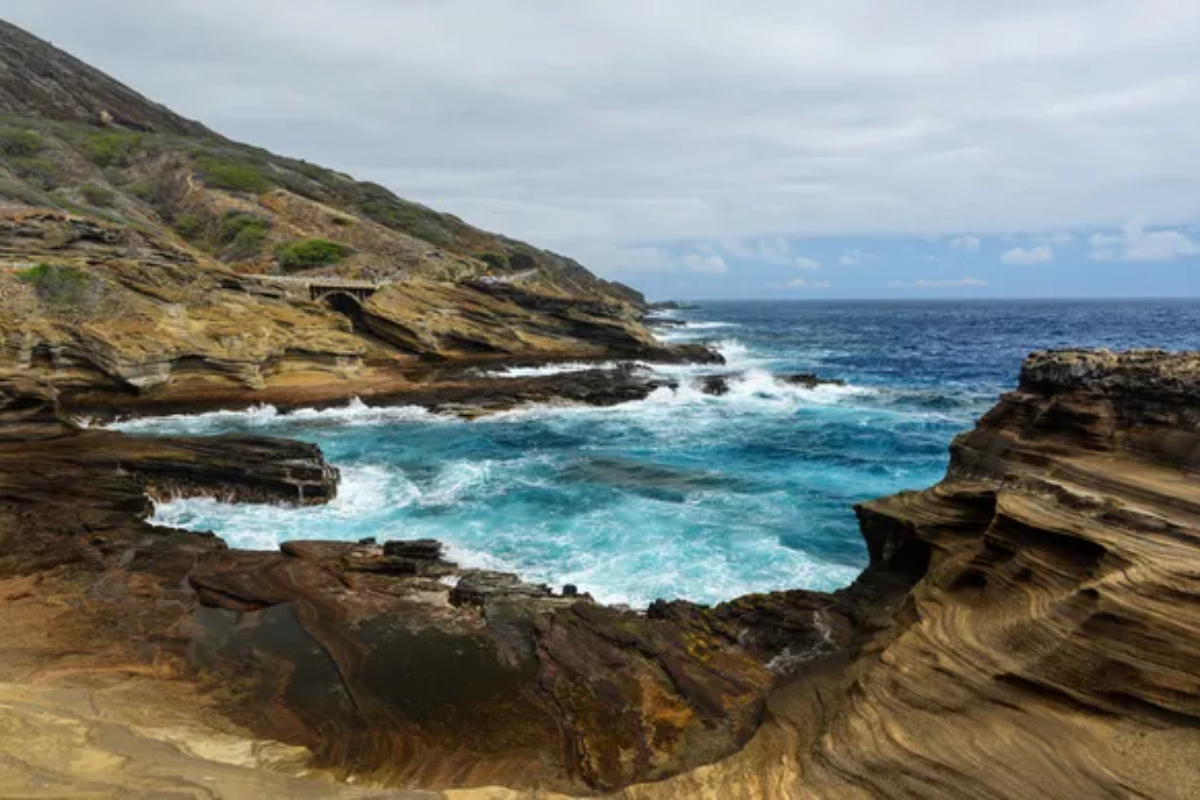
Though partially fronting a luxury resort, the majority of this perfect crescent beach remains undeveloped and protected as a marine conservation district. Spinner dolphins regularly visit the bay, while perfect tide pools form natural aquariums at the rocky edges of the beach.
The contrast between the small developed section and the wild, natural areas creates a unique opportunity to experience comfort alongside wilderness along Lanai’s southern coast.
Wharariki Beach, New Zealand

Massive dunes and dramatic rock formations characterize this remote beach at the northwestern tip of the South Island. Accessible only via a 20-minute hike through farmland and forest, the beach rewards visitors with caves, arches, and islands explored during low tide.
Fur seal pups play in protected rock pools while powerful winds shape the massive dunes that separate the beach from the interior, creating a constantly changing wilderness landscape.
The Wild Coast, South Africa
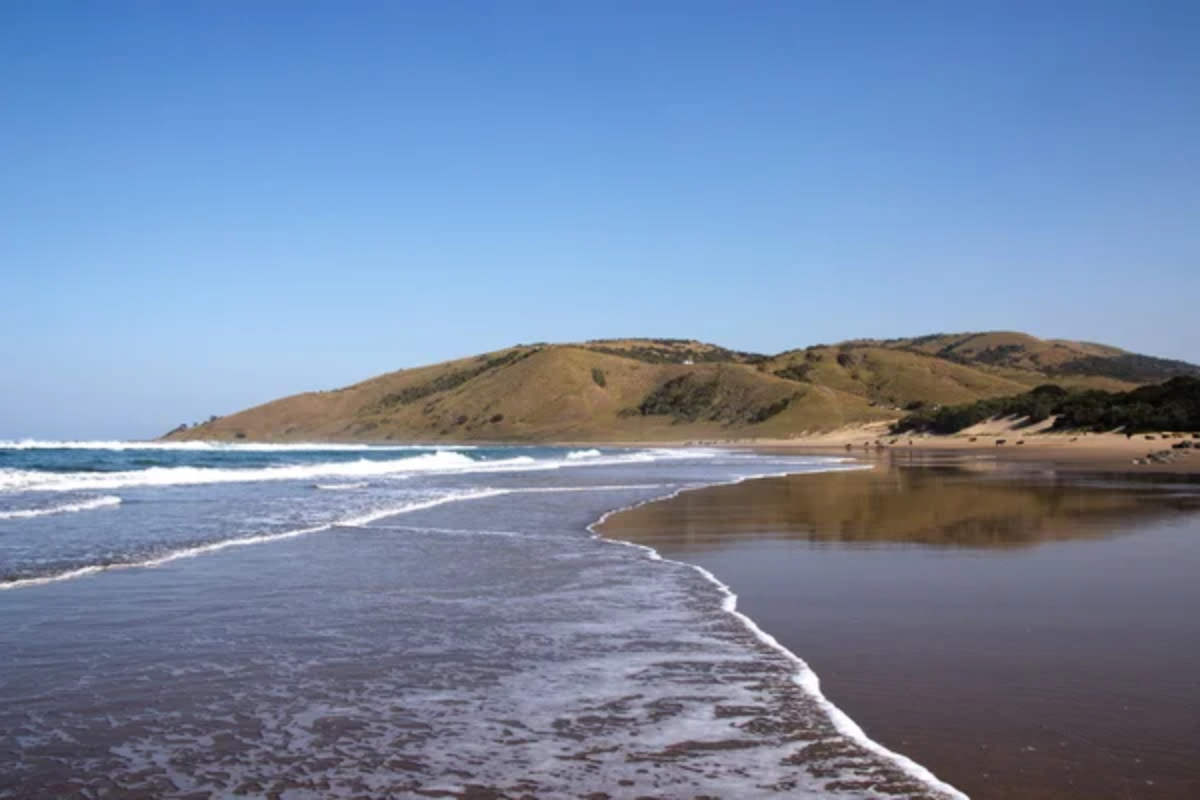
Stretching between East London and Port Edward in the Eastern Cape, this rugged shoreline remains one of South Africa’s least developed coastal regions. Traditional Xhosa villages dot the landscape between pristine beaches accessible only by foot paths or rough 4WD tracks.
Shipwrecks rusting on remote beaches serve as monuments to the powerful currents and treacherous coastline that have helped preserve the region’s wild character by limiting development.
Like Travel Pug’s content? Follow us on MSN.
The Promise of Wilderness
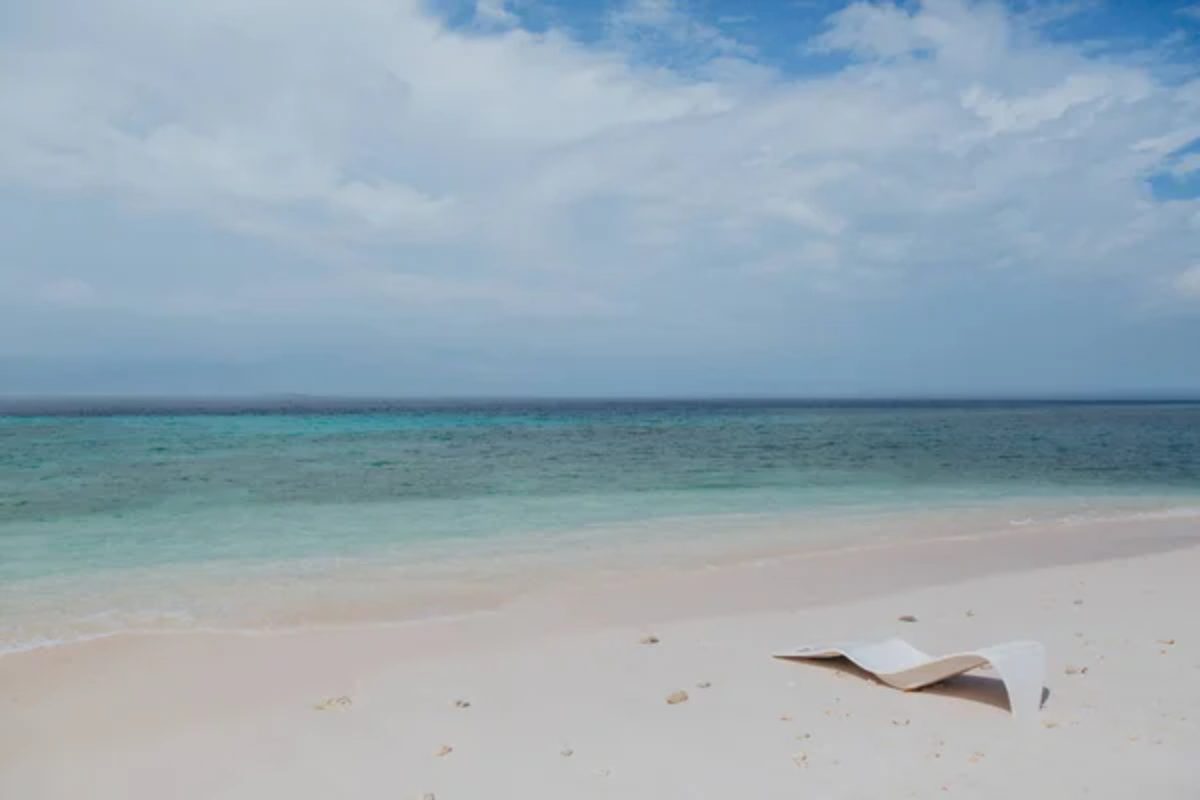
These wild beaches offer more than just an escape from crowds—they provide an increasingly rare opportunity to experience coastlines in their natural state, to witness the raw power of ocean meeting land without human intervention. The effort required to reach them serves as both a filter and preparation, ensuring that those who arrive have earned their moment of connection with these special places.
As development continues to transform coastlines worldwide, these wild beaches become ever more precious—windows into the primeval relationship between land, sea, and sky that has shaped our planet for millions of years.
More from Travel Pug

- Cities Growing so Fast You Won’t Recognize Them in 10 Years
- 13 Destinations Where Tourists Regularly Regret Their Trip
- 16 U.S. Cities That Are Quietly Becoming Travel Hotspots
- Where to Travel If You Love Long Bus Rides and Daydreams
- 20 Cities Perfect for Solo Travelers Who Crave Adventure & Culture
Like Travel Pug’s content? Follow us on MSN.
